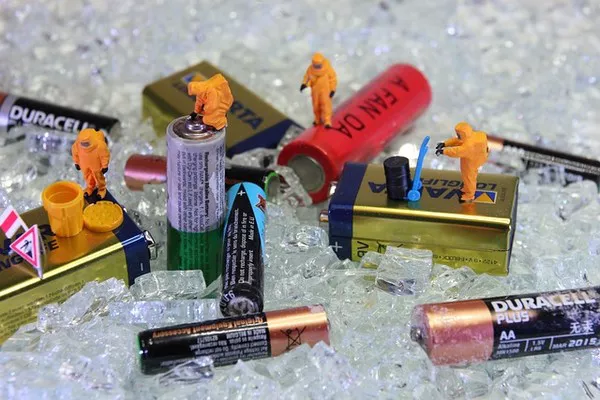Researchers at Oak Ridge National Laboratory (ORNL) have unveiled a pioneering and environmentally friendly method for recovering critical materials from spent lithium-ion batteries. By employing organic acids and a polyol-metallurgical approach, the team aims to revolutionize the recycling process, offering both economic and environmental benefits.
The escalating demand for lithium-ion batteries due to the rapid growth of electric vehicles and electronic devices has prompted concerns about the increasing accumulation of end-of-life batteries. ORNL’s research team is addressing this challenge by enhancing the cathode recycling process, a crucial step in the overall battery recycling chain.
Traditional hydrometallurgy methods, which involve dissolving metals in acidic solutions, have shown high leaching efficiency but generate harmful byproducts, including sulfur trioxide, chlorine, and nitrogen oxides. These byproducts complicate the separation and recovery process, contributing to environmental contamination. To overcome these challenges, the ORNL team has introduced a polyol-metallurgical battery recycling method.
The polyol-metallurgical approach utilizes organic citric acid and ethylene glycol as a dual-purpose solution in an aqueous solvent. Citric acid, sourced sustainably, serves as a safer alternative to conventional inorganic acids. This method offers an effective means of separating and recovering metals from the cathode, achieving nearly 100 percent leaching of cobalt and lithium without introducing impurities.
One of the method’s key advantages is its ability to recover over 96 percent of cobalt within a few hours, surpassing conventional methods that typically require additional chemicals and meticulous acid level balancing. This not only enhances efficiency but also reduces costs and eliminates the generation of harmful byproducts.
By presenting a simplified, cost-effective, and environmentally conscious solution, ORNL’s research signifies a significant advancement in lithium-ion battery recycling. The innovative method addresses the shortcomings of traditional processes, making a compelling case for its adoption in commercial battery recycling applications.

